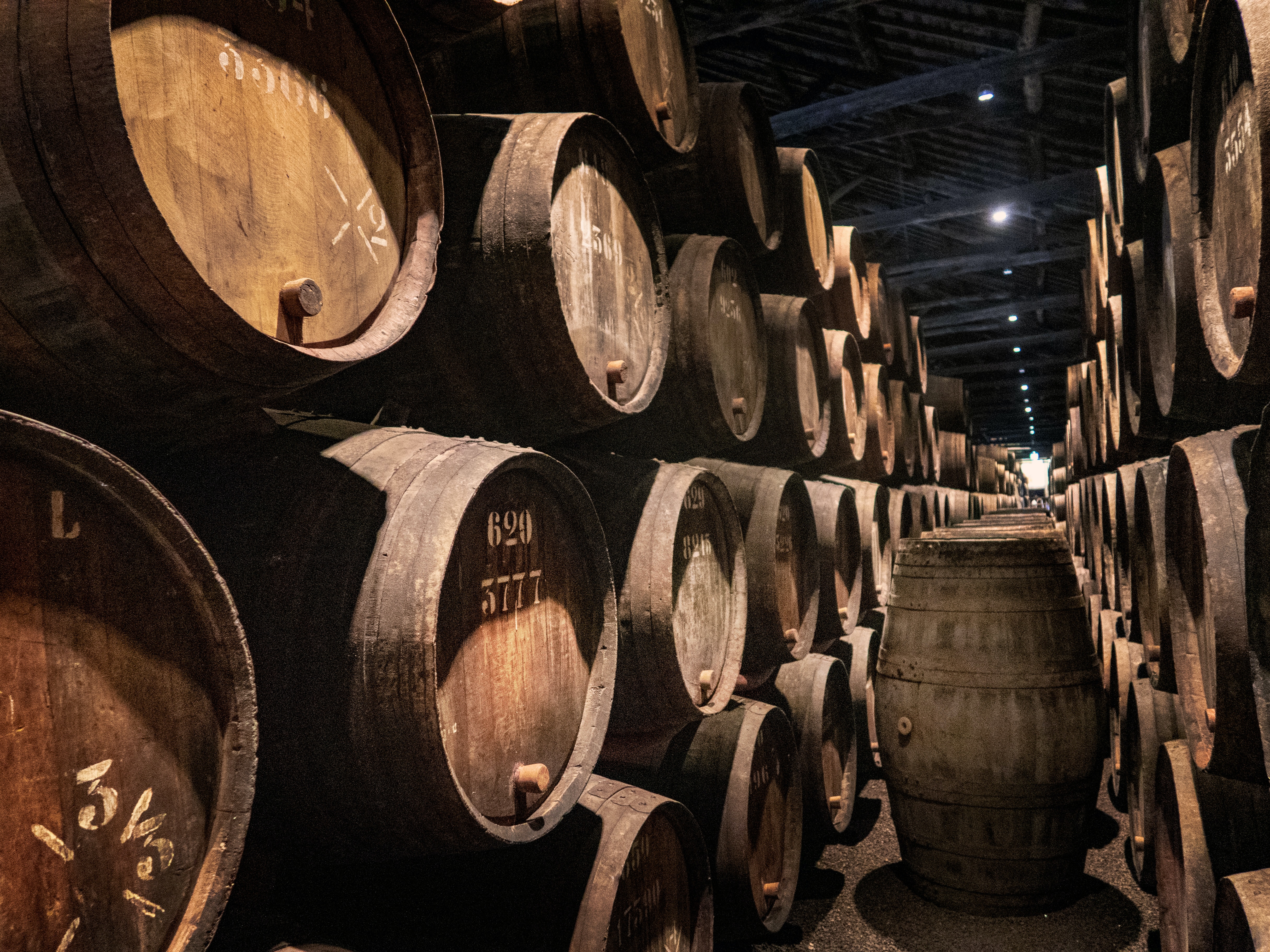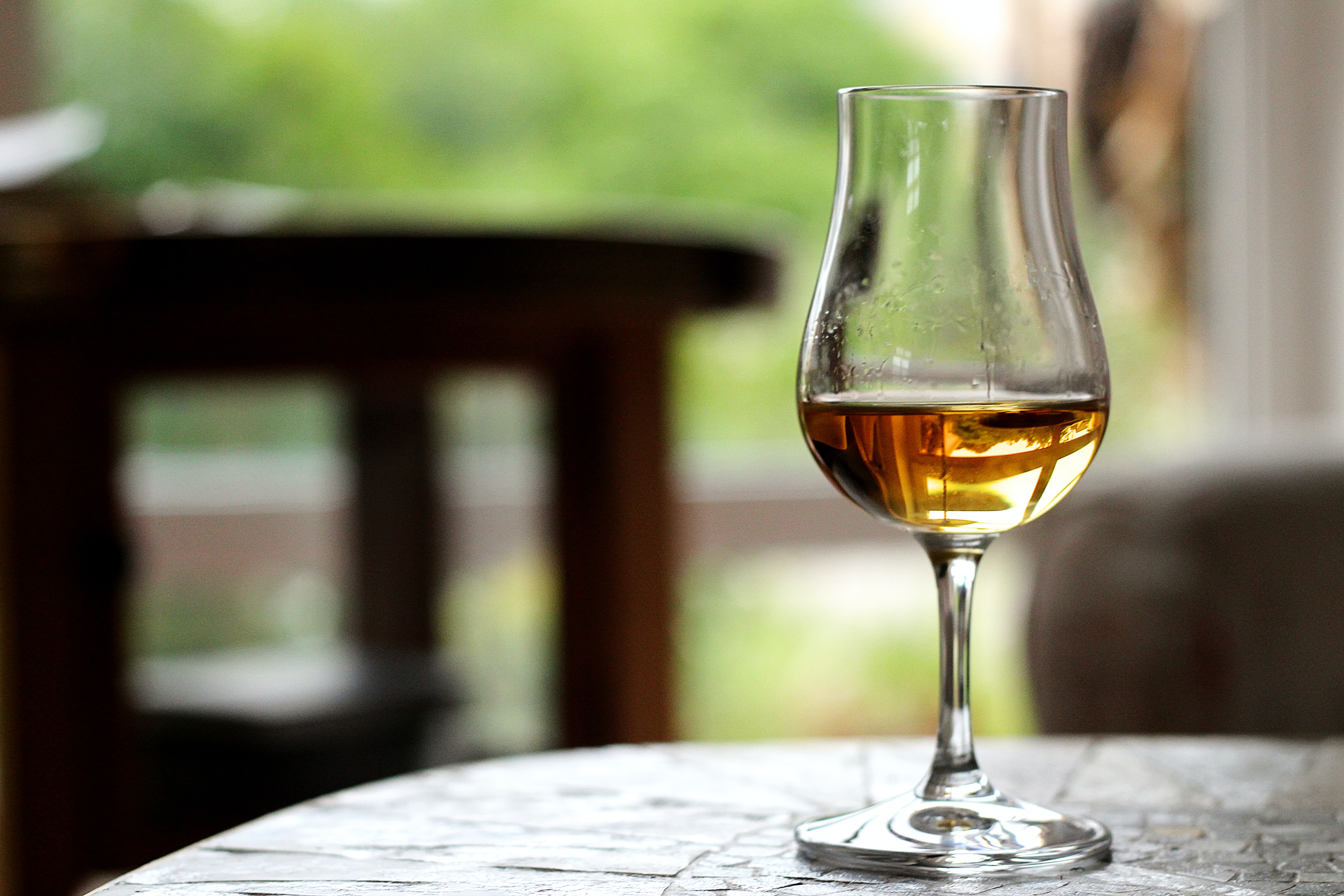What’s the difference between bourbon and whiskey, you ask? As basic as it might sound, that question still gets asked a lot. And with good reason. There are always new people coming of age and getting into the brown sauce in one way or another. And while some people in this industry would roll their eyes, scoff, recriminate, or harrumph (do people still harrumph?) at getting asked a question like that, I’ve always taken it as a moment of curiosity that can lead someone deeper into the wonderful world of bourbon and the wider world of whiskey.
There’s never anything wrong with asking a question like that. In fact, that question is a great opportunity to teach someone what whiskey actually is and how bourbon whiskey fits into that spectrum. Also… a lot of “well, actually” snobs actually get this simple question and others like it wrong. So there’s that.
I’ve been deep in the spirits industry for over a decade behind high-end cocktail bars, in media, in spirits judging, and behind the scenes on some great bottle releases. And to drive the point home, this column and my answer to this question are never going to be about talking down to the whiskey curious. This is about helping someone find their own path into whiskey and hopefully gaining a little knowledge along the way so that they can enjoy their journey all the more.
What Is Whiskey?

Whiskey (or whisky) is a spirit produced only from grains. That’s in comparison to brandy (cognac, slivovice, schnapps, or otherwise) that’s produced from any fruit and, say, rum that’s solely produced from sugar cane products. Vodka, on the other hand, can be produced with anything from grains to fruits to vegetables to milk fats and everything in between — truly anything that has fermentable sugars.
Pretty much every grain has been used to make whiskey at some point but a few are most common. Scottish whiskey is most often made with barley (single malt) but there’s a massive amount of “grain whisky” from Scotland which primarily uses wheat, rye (a cousin of wheat and barley), and maize (corn). American whiskeys focus more on corn, rye, and wheat with barley in a more supporting role. Irish whiskeys tend to lean more toward Scottish grain whiskies with slight variations in distilling and aging. There’s of course way more to it than just this, but that’s the general soul of it.
Moreover, whiskey does not have to be aged to be called “whiskey.” Still, a lot of folks/brands/experts will call unaged whiskey “white dog,” “moonshine,” “white whiskey,” “poitín,” “new make,” etc. No matter the name though, it’s still already whiskey when it comes off the stills. By comparison, whiskey that spends time in oak is still just whiskey too. You’d never really hear anyone call it “aged whiskey.”
We could go deeper into rye whiskey’s origins in mainland Europe, especially Germany, how Ireland plays into whiskey’s development, the variation in specialty grains use in craft distilling in the 21st century (millet, sorghum, and things like that), and a million other things, but let’s stick to the gist when it comes to what whiskey is at its core : It’s a grain-based spirit (USDA also considers corn a vegetable).
What Is Bourbon?

All bourbon is a type of whiskey. So, yes, bourbon is whiskey. Always. The first part of bourbon’s definition is that “bourbon whiskey” is an exclusively American product. Back in the Johnson administration in the mid-1960s, the U.S. government codified bourbon as America’s “native spirit” and laid down some laws/guidelines for export/tariff reasons to put bourbon on the same pedestal as agricultural products like cognac from France or prosecco from Italy.
- Bourbon must be made within the borders of the United States of America.***
- Bourbon must contain at least 51% corn (maize) in the grain mash bill (recipe).
- Bourbon has to come off the still at 160 proof (80% ABV) or less and go into the barrel at 125 proof (62.5% ABV) or less.
- Bourbon must be aged in new oak (the type of oak and shape of the container do not matter as long as it’s a new vessel).
- Bourbon must go into the bottle no lower than 80 proof (40% ABV) but there is no limit (besides what’s scientifically/naturally possible) to how high that proof can be in the bottle.
So bourbon is made from a grain mash bill that’s fermented into a beer with grains, yeast, and water (like beer, lactobacillus can also be a key factor). That “beer” is then distilled (mostly on column stills but pot stills are used too) a couple of times. What happens to that distillate after distillation is what makes that whiskey a “bourbon whiskey.”
These days you’ll see bourbon labeled as “Bourbon Whiskey,” “Straight Bourbon Whiskey,” “Blended Bourbon, and just “Bourbon.” There’s a reason for this and it’s about barrel aging … mostly.
“Bourbon whiskey” is something that’s touched oak but likely for less than two years. Legally, when the corn distillate comes off the stills, it’s just “whiskey.” The second (literally) it hits new oak, it becomes “bourbon whiskey.” That “bourbon whiskey” becomes “straight bourbon whiskey” if it rests in that oak for at least two years and is bottled according to bourbon laws, including that the only additive in the straight bourbon whiskey is water for proofing.
Whiskey can be bottled a “Bottled-In-Bond Straight Bourbon Whiskey” if it’s aged at least four years and proofed (with water) to 100-proof (50% ABV) from barrels stored in a federally bonded warehouse (it’s a tax thing from the 1800s and all warehouses are federally bonded, in general).
“Blended bourbon” and some bottles just labeled “bourbon” are often bourbons cut with a neutral grain spirit (like basic vodka) but must still contain at least 51% bourbon whiskey in the bottle. That means that something could be 49%, say, caramel liqueur and 51% one-minute-old bourbon whiskey and still be labeled a “bourbon whiskey.” More often than not something like that would be labeled a “flavored bourbon” though. Legally, it’s still 100% a bourbon, just a variation on the theme if you will.
***Legally, one could make bourbon in the U.S. Embassy in, say, Moscow, Russia, and it’d legally be bourbon due to that land being the United States. This also applies to U.S. territories. Where’s your bourbon at, Puerto Rico?!
Final Answer

All bourbon is whiskey. But not all whiskey is bourbon.
Whiskey/whisky is a grain spirit. Brasstacks, bourbon whiskey is an American whiskey (grain spirit) that’s made with a majority corn base and aged in new oak.
There’s, of course, so much more to both whiskey and bourbon whiskey, but that’s the basics you need to know to get a good start.







